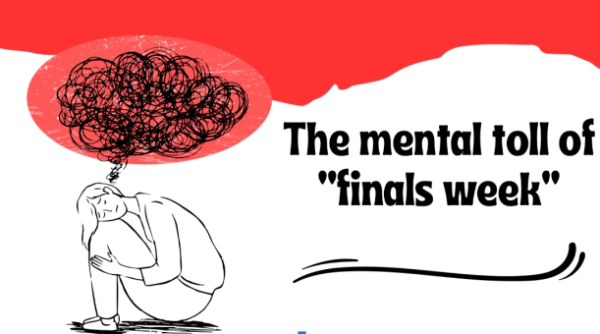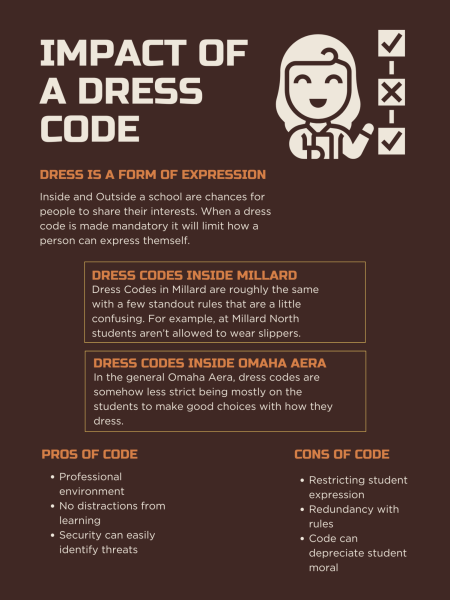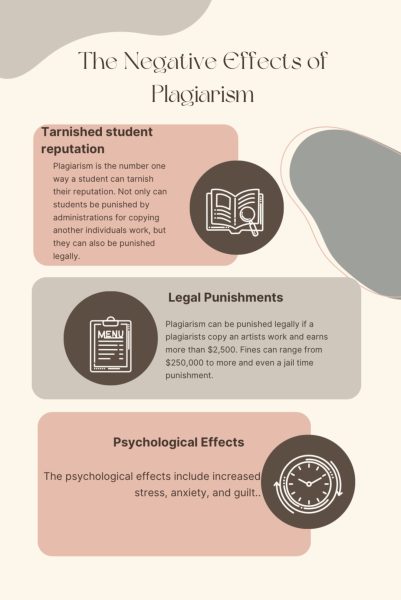Blocking out success
High schools should switch to a different method of scheduling classes
This image is an example of a four by four block schedule. A schedule like this is much more organized and efficient for students.
January 30, 2020
Here in the United States, about one in three high schools use some form of block scheduling, but that number should be higher.
Block scheduling is a system for scheduling a high school, typically replacing more classes with fewer, lengthier periods. For example, a regular block schedule might have four classes a day, each being ninety minutes long. Very many teachers, students and parents have different opinions on this topic, but when looking at the bigger picture block scheduling is definitely the way to go.
Block scheduling lets teachers go more in-depth with lessons and gets more done. According to a National Education Agency study “Research Spotlight on Block Scheduling” better instruction and planning time is given to teachers. With these 90-minute periods, teachers are given the opportunity to teach longer lessons without interruption. More class time equals more valuable teaching time and the ability to do more hands-on activities. Peer collaboration, one on one time and in-depth study time are just a few of the many rewards to having longer periods.
By having a four by four schedule the pace of school relaxes by a great deal. Students only have four different classes to worry about instead of eight or nine periods. This makes homework much easier to do at night and lets students focus on each individual class better. Passing period time also increases, giving students more time to breathe in between classes.
Individual pacing is also offered with block scheduling when given the four by four schedule. Students are allowed to move more rapidly through courses and finish them faster. And with this, students are also given the opportunity to graduate early if they feel that’s what they want to do. It offers great things in the end and makes lives much less complicated.
Block scheduling relieves much stress that is usually brought on with traditional scheduling. By having these longer classes, more work is done in class which makes for less homework. Teachers are also more available to help students in person rather than over email or online.
When using block scheduling, it can be split up into four semesters. This allows the opportunity for more course selections. Students can engage in more classes and expand their horizons. Traditional scheduling limits the amount of topics to take and this ruins kids’ chances of exploring different corners and subjects. Students complete four extra classes over the course of their high school career using block scheduling. This is a remarkable opportunity with such a simple change.
Supporters for block scheduling also said they had higher graduation rates because students learn better time-management skills according to a Bright Hub study, “Traditional Scheduling v.s. Block Scheduling.” Many schools have also reported higher test scores and better GPA’s.
Block scheduling has very many different views, but it’s very apparent that its benefits are much more successful in the end. High schools across the world are in the process of using this, but a bigger change should be made with more. Let’s get rid of inefficient periods and transition to beneficial blocks.

















